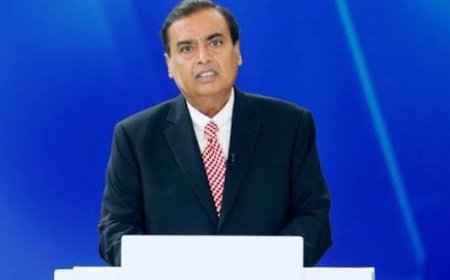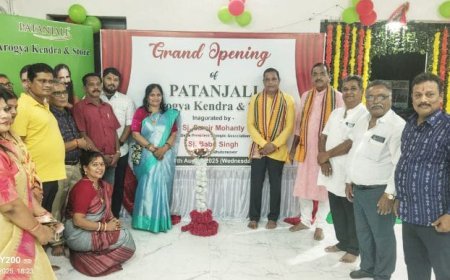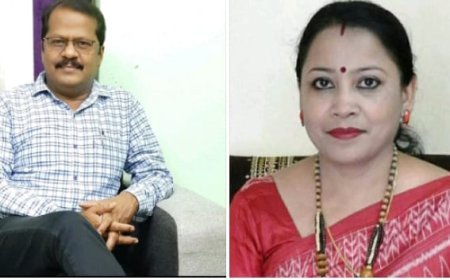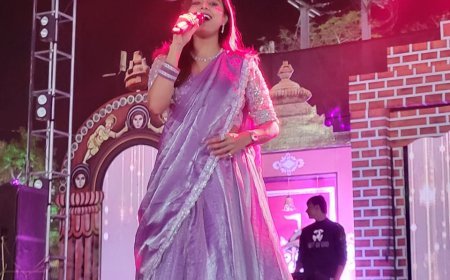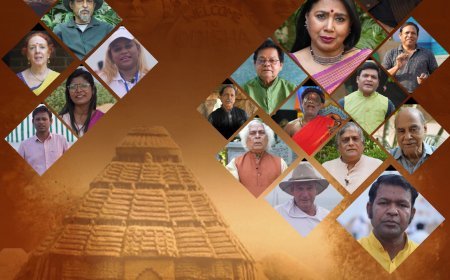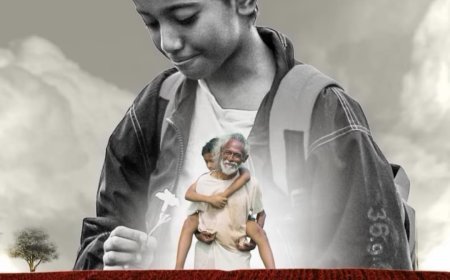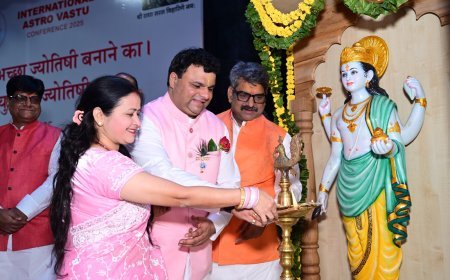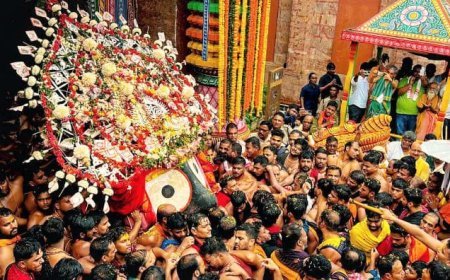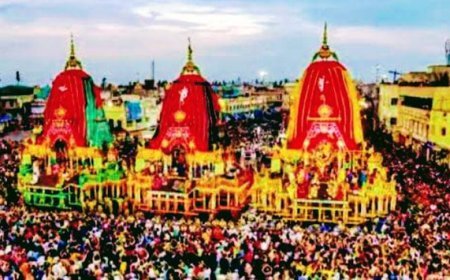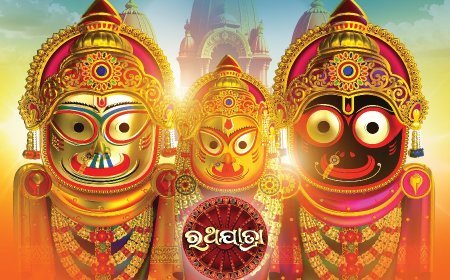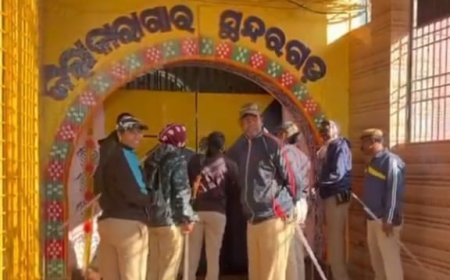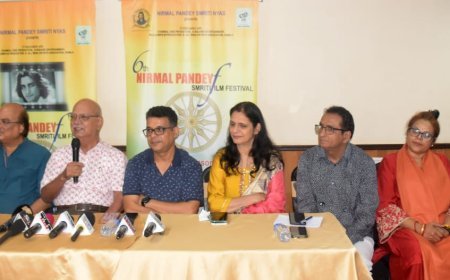India's calendar
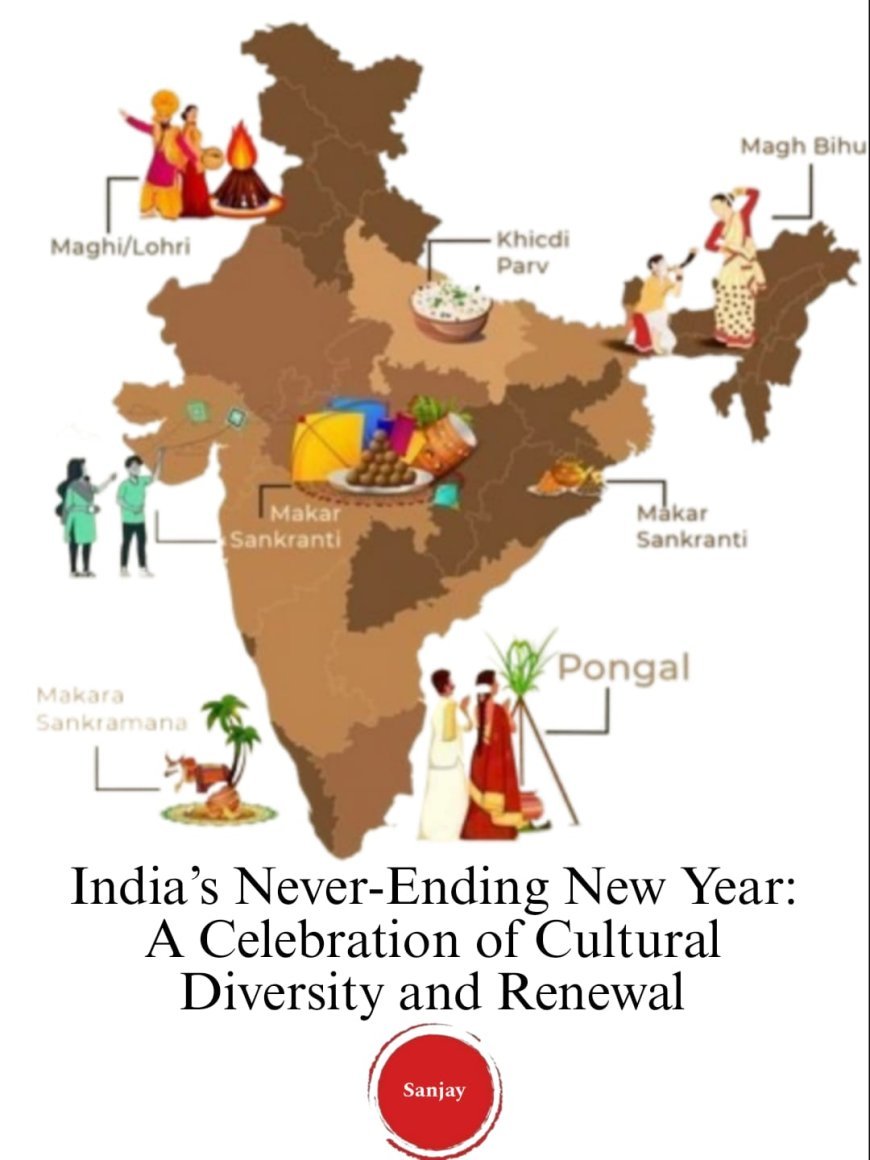
India's calendar is so crowded with New Year celebrations that one might wonder if we ever have time for the old year! From Ugadi to Diwali, it seems we're in a perpetual state of welcoming new beginnings. Perhaps it's our way of ensuring that if one resolution fails, there's always another New Year around the corner to start afresh. After all, why settle for one New Year's party when you can have a dozen? Cheers to the land where the 'new' in New Year never gets old!
India's rich cultural diversity is vividly reflected in its myriad New Year celebrations, each rooted in distinct calendars and regional traditions. These festivities, observed at various times throughout the year, underscore the nation's pluralistic heritage.
Lunar Calendar New Years:
Ugadi: Celebrated in Andhra Pradesh, Telangana, and Karnataka, Ugadi marks the onset of the Hindu lunar calendar's Chaitra month, typically in March or April. The festival symbolizes new beginnings and is associated with the arrival of spring. Traditional practices include house cleaning, decoration with mango leaves, and the preparation of special dishes like 'Ugadi Pachadi,' a unique blend of sweet, sour, salty, bitter, and spicy flavors representing the varied experiences of life.
Gudi Padwa: In Maharashtra and Goa, Gudi Padwa heralds the New Year on the first day of Chaitra. Families hoist a 'Gudi'—a decorated pole with a bright cloth and a garlanded pot—outside their homes as a symbol of prosperity and victory. The day is marked by festive meals and cultural performances.
Diwali (Gujarati New Year): For the Gujarati community, the day following Diwali, known as Bestu Varas, signifies the New Year. Falling on the first day of the Kartik month (October or November), it is a time for business closures and openings, family gatherings, and feasting on traditional sweets.
Solar Calendar New Years:
Vaisakhi: Predominantly celebrated in Punjab on April 13 or 14, Vaisakhi marks the harvest season and the Punjabi New Year. For Sikhs, it also commemorates the formation of the Khalsa in 1699. The festival features vibrant Bhangra and Gidda dances, processions, and community fairs.
Bohag Bihu (Rongali Bihu): Assam welcomes its New Year with Bohag Bihu in mid-April, coinciding with the Assamese month of Bohag. This week-long festival celebrates the Assamese New Year and the spring season, featuring traditional music, dance, and feasts.
Puthandu: Tamil Nadu observes Puthandu, or Tamil New Year, on April 14, marking the first day of the Tamil month Chithirai. Families decorate entrances with 'Kolam' (rangoli), prepare a festive meal, and visit temples to seek blessings for the year ahead.
Vishu: In Kerala, Vishu signifies the New Year, traditionally observed on April 14. The festival's highlight is the 'Vishukkani,' an arrangement of auspicious items viewed upon waking, believed to bring prosperity. Fireworks, feasting, and the giving of 'Vishukkaineetam' (monetary gifts) are integral to the celebrations.
Pana Sankranti (Odia New Year): Odisha celebrates Pana Sankranti on April 14, marking the advent of the solar calendar. Named after 'Pana,' a traditional sweet drink, the festival includes rituals to honor deities and the distribution of the namesake beverage.
Poila Boishakh: West Bengal's New Year, Poila Boishakh, falls on April 14 or 15. The day is marked by cultural programs, fairs, and the inauguration of new business ledgers, symbolizing a fresh financial start. Traditional Bengali cuisine plays a central role in the festivities.
Other Notable New Year Celebrations:
Cheti Chand: The Sindhi community observes Cheti Chand, usually in March or April, honoring the birth of Saint Jhulelal. The festival features processions, devotional songs, and community feasts.
Chaitra Sukladi: Recognized in parts of North India, Chaitra Sukladi marks the beginning of the Vikram Samvat calendar. The day involves rituals, temple visits, and cultural performances.
Navreh: Celebrated by Kashmiri Pandits, Navreh denotes the lunar New Year in March or April. Families prepare a platter of unhusked rice with a bread, a coin, and other symbolic items, which is viewed first thing in the morning for prosperity.
Sajibu Cheiraoba: In Manipur, Sajibu Cheiraoba marks the lunar New Year, typically in April. The Meitei community celebrates with domestic rituals, offering of traditional dishes to deities, and hill climbing, symbolizing the ascent to greater heights in life.
These diverse celebrations not only mark the passage of time but also reinforce India's rich tapestry of traditions, each fostering a sense of community and renewal unique to their cultural contexts.
Moral of the story-
In India, if you miss one New Year, don't worry—there's another one just around the corner!
Sanjay Pattnayak
Sundargarh






